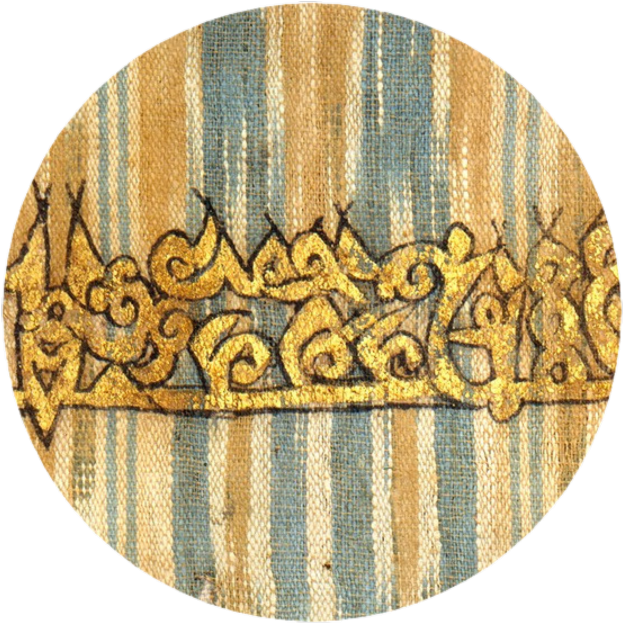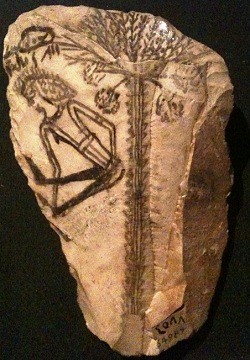Reminder. The common sense is a tablet. When its surface is occupied by an impression, that impression is also made in the judgment of the beholder. Sometimes when the sensible object withdraws from the senses, its form remains for a while in the common sense and in the perceiver’s judgment, in isolation from the imagination. In this connection, you should recall what was said to you about the rain that falls in a straight line, and the circular impressions left by its scattered droplets. When, on the tablet of the common sense, the likeness of a form is produced, that form is then perceived, whether it is at the beginning of its state of being impressed from without, or persisting along with a persisting sensation, or as something fixed after that sensation has ceased. Alternately, [a form] might occur in the soul in a way that owes nothing to sensation.
Pointer. Forms that are present and available to external sense may be perceived by unwell and bilious sorts in isolation from the external sense-objects themselves, impressed on the soul through an internal cause which may or may not be influenced by some other cause. The common sense may also be stamped by a "wandering" form that strikes the seat of imagination and estimation; likewise, imagination and estimation may receive an impression from the tablet of the common sense. It is something like what happens between two mirrors that face each other.
Reminder. There are two causes that distract from this sort of impression. One is sensory and external; the other is produced internally by the intellect or the estimative faculty. In the former case, the tablet of the common sense is occupied by some other impression made upon it, effectively usurping [the attention] and wresting it away from the imaginary entity. In the latter case, the activity of the imagination is checked as the intellect or the estimation intervenes in what is occupying the soul, and the imagination is made compliant to it, and loses its power over the common sense. The imagination is no longer capable of making an impression on the common sense, for its movement is weak – something which follows, but is not itself followed.
If either of these two distracting faculties is stilled, the other one remains. It may happen that the remaining faculty is unable to check the imagination; in these cases, the imagination regains its power over the common sense, which is then taken over by signs of forms [such as are] beheld by the senses.
Pointers and Reminders 10.12-14
Pointer. Forms that are present and available to external sense may be perceived by unwell and bilious sorts in isolation from the external sense-objects themselves, impressed on the soul through an internal cause which may or may not be influenced by some other cause. The common sense may also be stamped by a "wandering" form that strikes the seat of imagination and estimation; likewise, imagination and estimation may receive an impression from the tablet of the common sense. It is something like what happens between two mirrors that face each other.
Reminder. There are two causes that distract from this sort of impression. One is sensory and external; the other is produced internally by the intellect or the estimative faculty. In the former case, the tablet of the common sense is occupied by some other impression made upon it, effectively usurping [the attention] and wresting it away from the imaginary entity. In the latter case, the activity of the imagination is checked as the intellect or the estimation intervenes in what is occupying the soul, and the imagination is made compliant to it, and loses its power over the common sense. The imagination is no longer capable of making an impression on the common sense, for its movement is weak – something which follows, but is not itself followed.
If either of these two distracting faculties is stilled, the other one remains. It may happen that the remaining faculty is unable to check the imagination; in these cases, the imagination regains its power over the common sense, which is then taken over by signs of forms [such as are] beheld by the senses.
Pointers and Reminders 10.12-14





